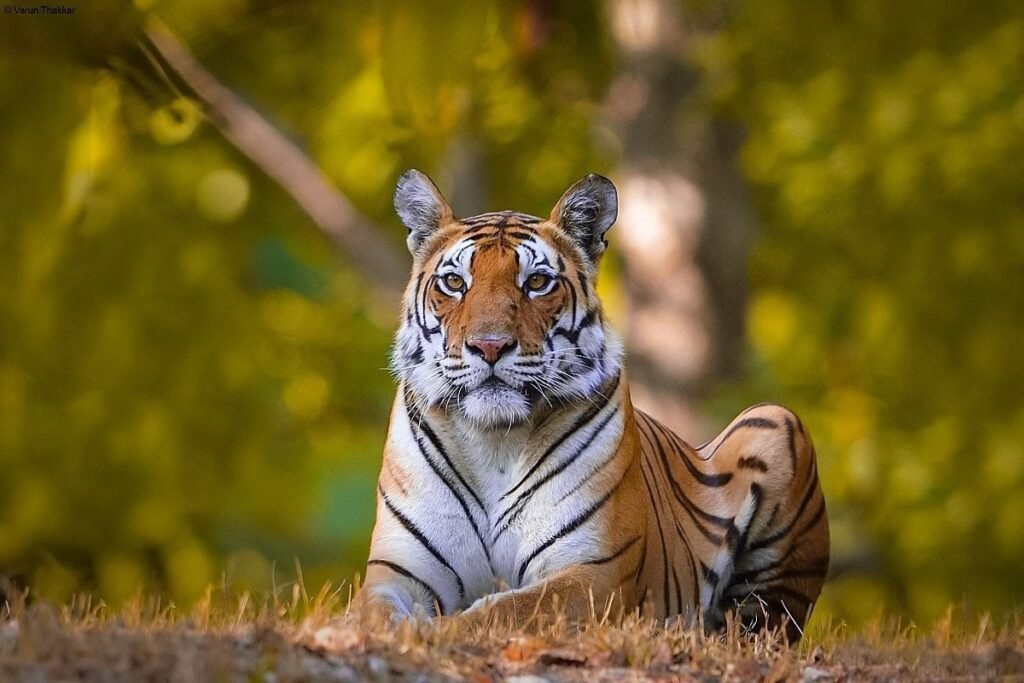It’s International Tiger Day, social media will be flooded with images of this truly magnificent animal, hopefully also praise for the forest guards who spend their lives protecting them, the conservation groups who also do their utmost to raise awareness to protect this endangered species, and the lodge owners who provide wonderful accommodation for you to stay in whilst on safari. So, just to be a little bit different, I thought I would share four very different books all written by friends of mine and all with the tiger at their heart though there is also, as there should be, a focus on other India’s other magnificent wildlife species too.
The first is for the kids (and big kids too) – A Tigress Called Machhli by the incredibly talented Supriya Sehgal, a wonderful collection of fun stories about India’s animals and their quirks – what’s more, all of the stories are true! A must for alternative bedtime stories and for starting to get children interested not only in wildlife but also in storytelling.
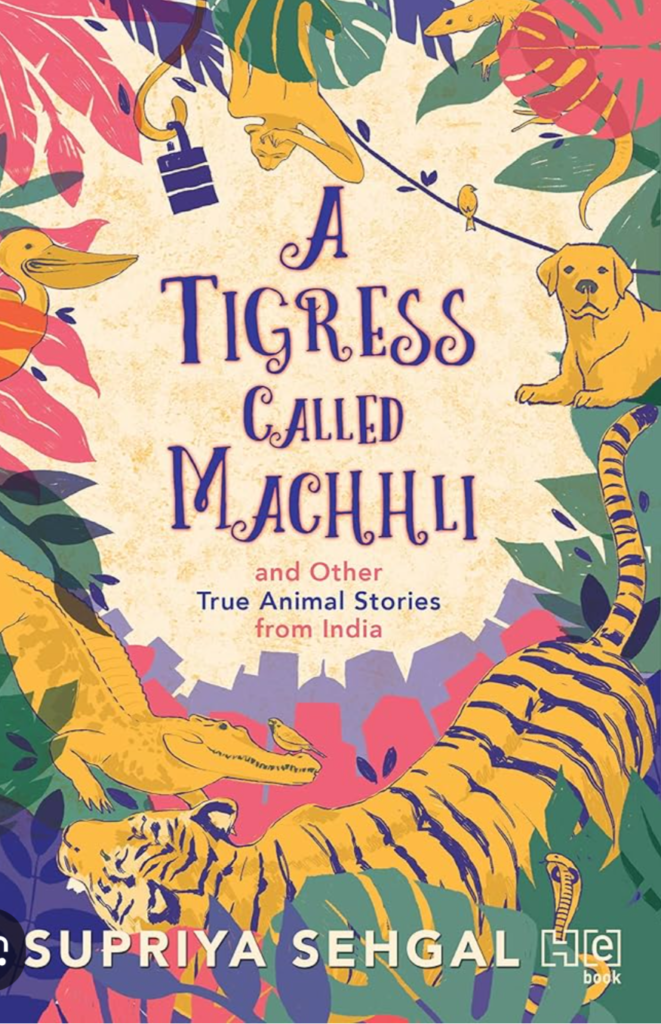
The second is Photographic Field Guide, Wildlife of Central India. India’s first photographic field guide. We can all recognise the tiger but what about all the other species you come across whilst waiting for the stripes to appear? This book is a brilliant achievement by naturalists David Raju and Surya Ramachandran, passionate naturalists and are exactly what India’s wildlife needs.
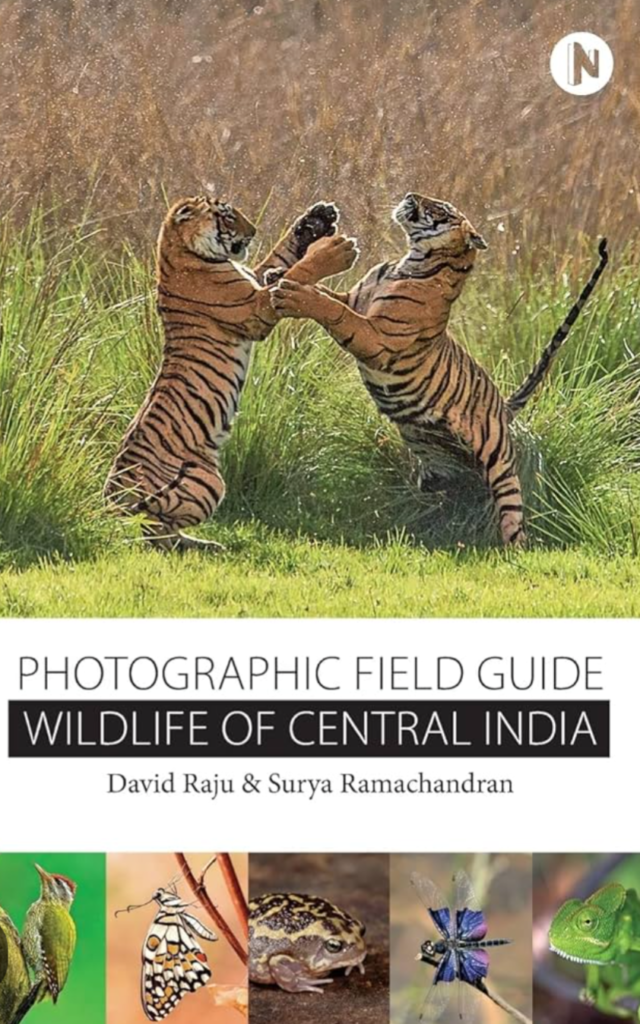
The third is the all important where to go and where to stay when you get there. The TOfT Good Wildlife Travel Guide features brilliant insider info on the best parks in India and Nepal where to find which species and the best lodges to stay in all with eco practise ratings! Yes, each lodge recommended in this book has passed one or more of the levels required to get a Pug Mark rating from ToFT (Tour Operators for Tigers) which shows that they are committed to sustainable tourism practices.
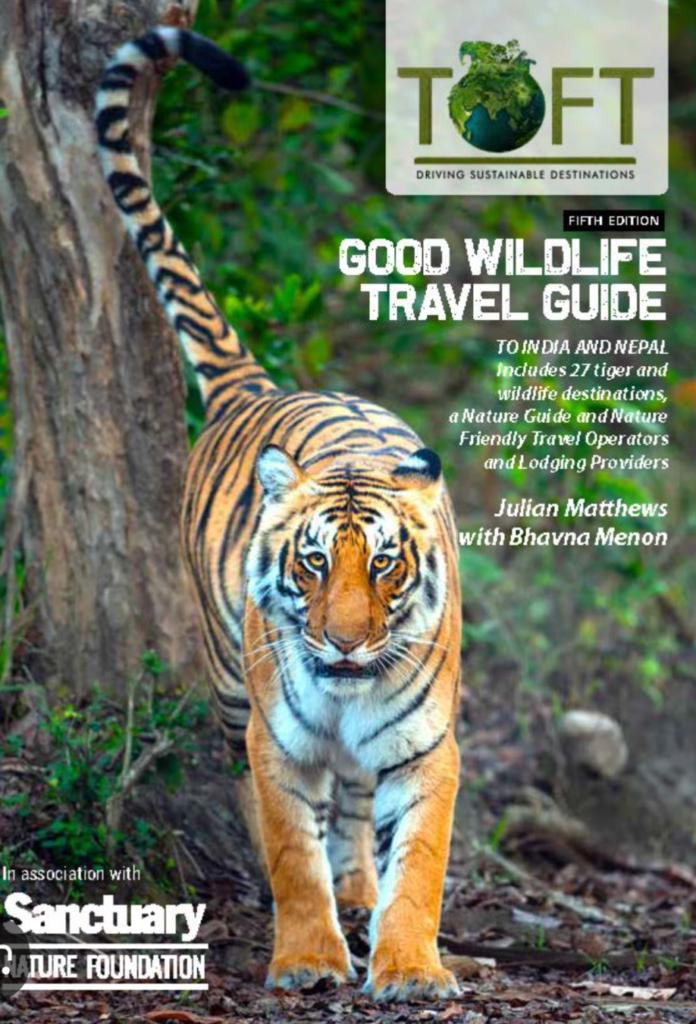
Then we have The Rise and Fall of the Emerald Tigers, the harsh reality of the survival of this incredible species by renowned conservation biologist Raghu Chundawat. An immensely informative work, following years of research in Panna National Park. This is an insider’s account of the politics and administrative apathy plaguing Indian wildlife conservation. He discusses the larger threats to Indian wildlife—and also, the possible solutions.
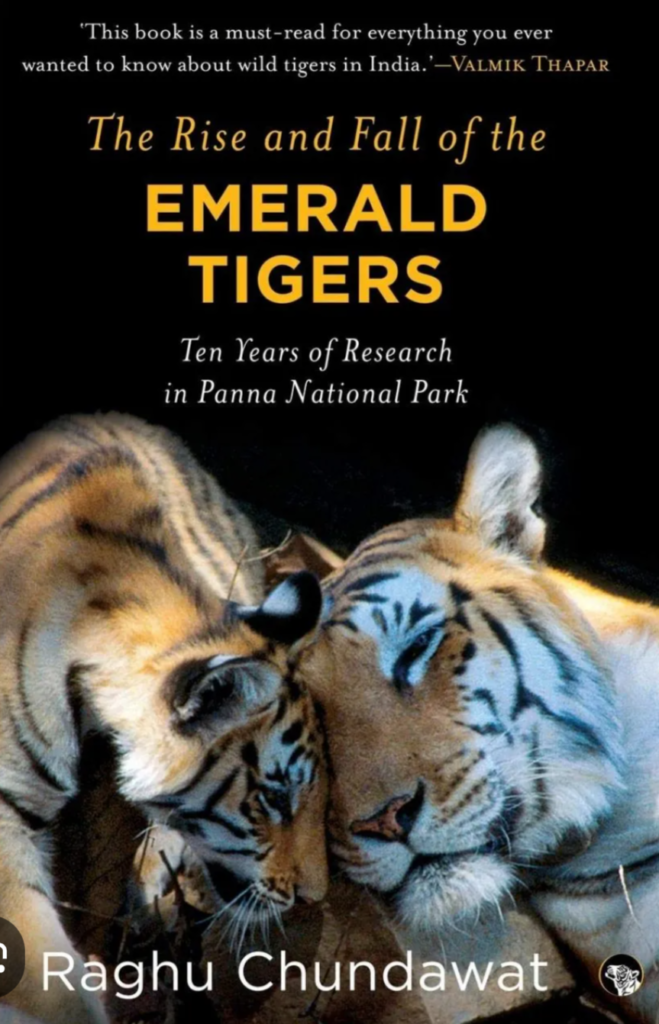
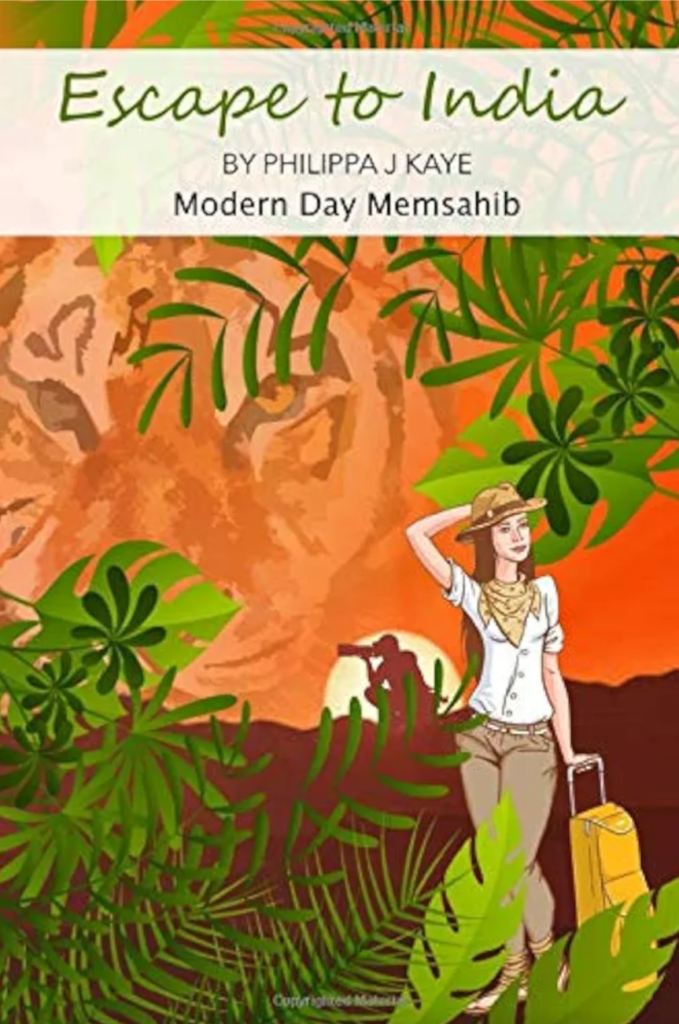
“Escape to India! For a delightful change of pace, dive into life at a wildlife reserve in Madhya Pradesh, India. Get an insider’s glimpse into running one of those fabulous lodges you may have stayed at—or dream of visiting—with this engaging read by yours truly, Philippa J Kaye.” Escape to India by Philippa J Kaye.
A bit about it:
When Jo Johnson discovers that her latest beau is in fact married to someone else, it’s not surprising that an offer to manage a lodge in an Indian tiger reserve suddenly sounds appealing. After all, there’s little to keep her in England. Having moved from Yorkshire to be closer to the love-rat, she
has few friends, a job that no longer inspires her and, as everyone keeps reminding her, an ageing problem. Yes, she’s not getting any younger.
Taking herself off to India might be just what she needs to keep her away from men while she heals her cynical heart. Having to learn how to survive in the Indian jungle, without wifi, her mobile phone or, it appears, electricity might take her mind off things. But then she meets Abishek, and her resolve
to stay single suddenly comes under threat.
Escape To India is a funny, contemporary and feisty tale of one woman’s search for meaning, independence and tigers.
I hope that you enjoy this diverse yet tiger centric collection.
Look out for my next book, Sustainable Stays 101, India, Nepal and Sri Lanka.
